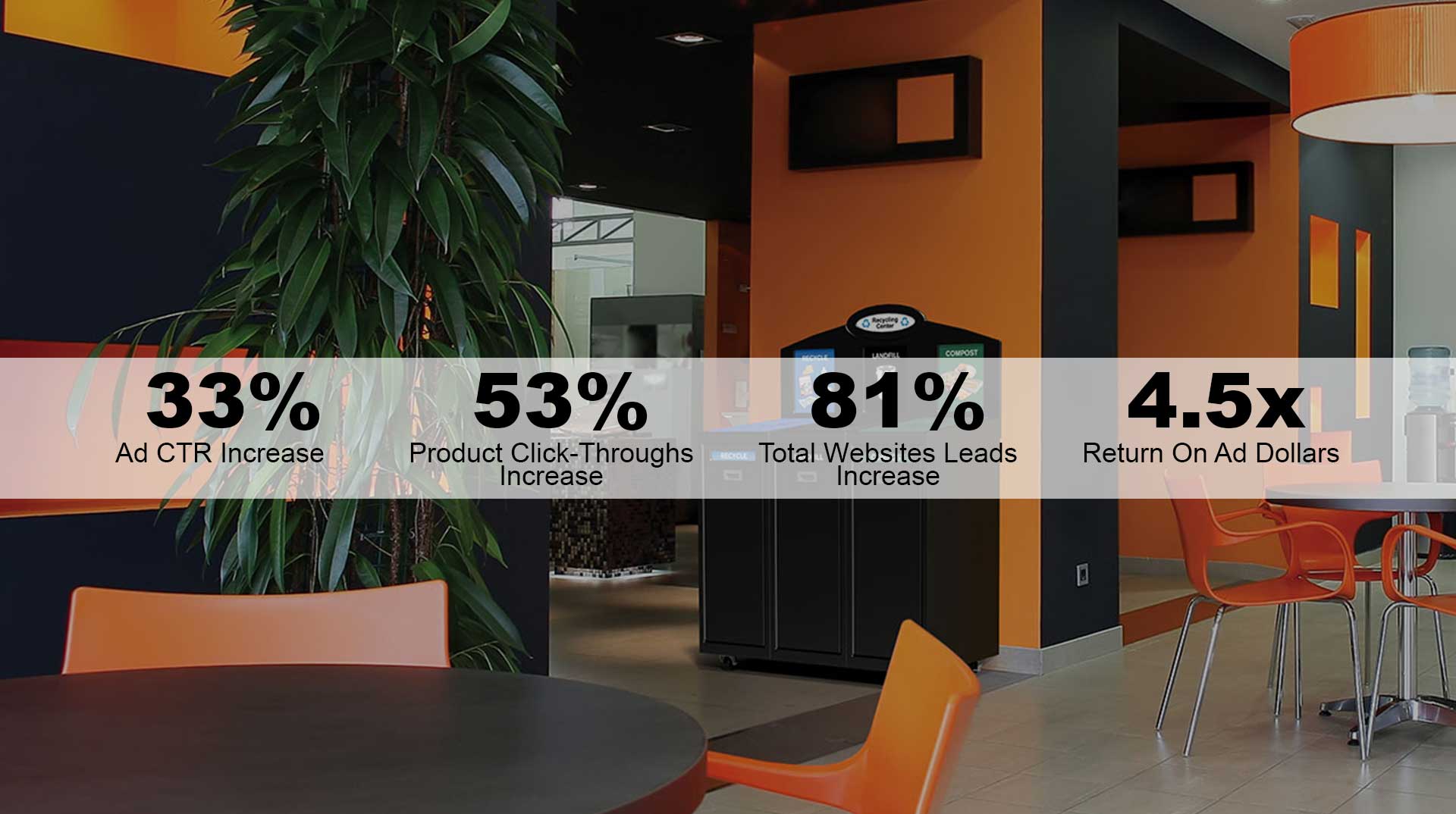A B2B manufacturer was running pay-per-click campaigns that were seemingly following best practices. Their ads were being engaged with and had high click-through-rates but were providing few quality leads resulting in zero direct sales from marketing.
After taking a look under the hood, the data helped to identify three main factors contributing to this issue; the key messages and propositions in the ads, the audience and keyword targeting, and the site content. So, we fine-tuned the audience targeting and adjusted the keywords, message-tested different propositions using a pay-per-click campaign and adjusted the site content to reflect the winning message. This led to:



